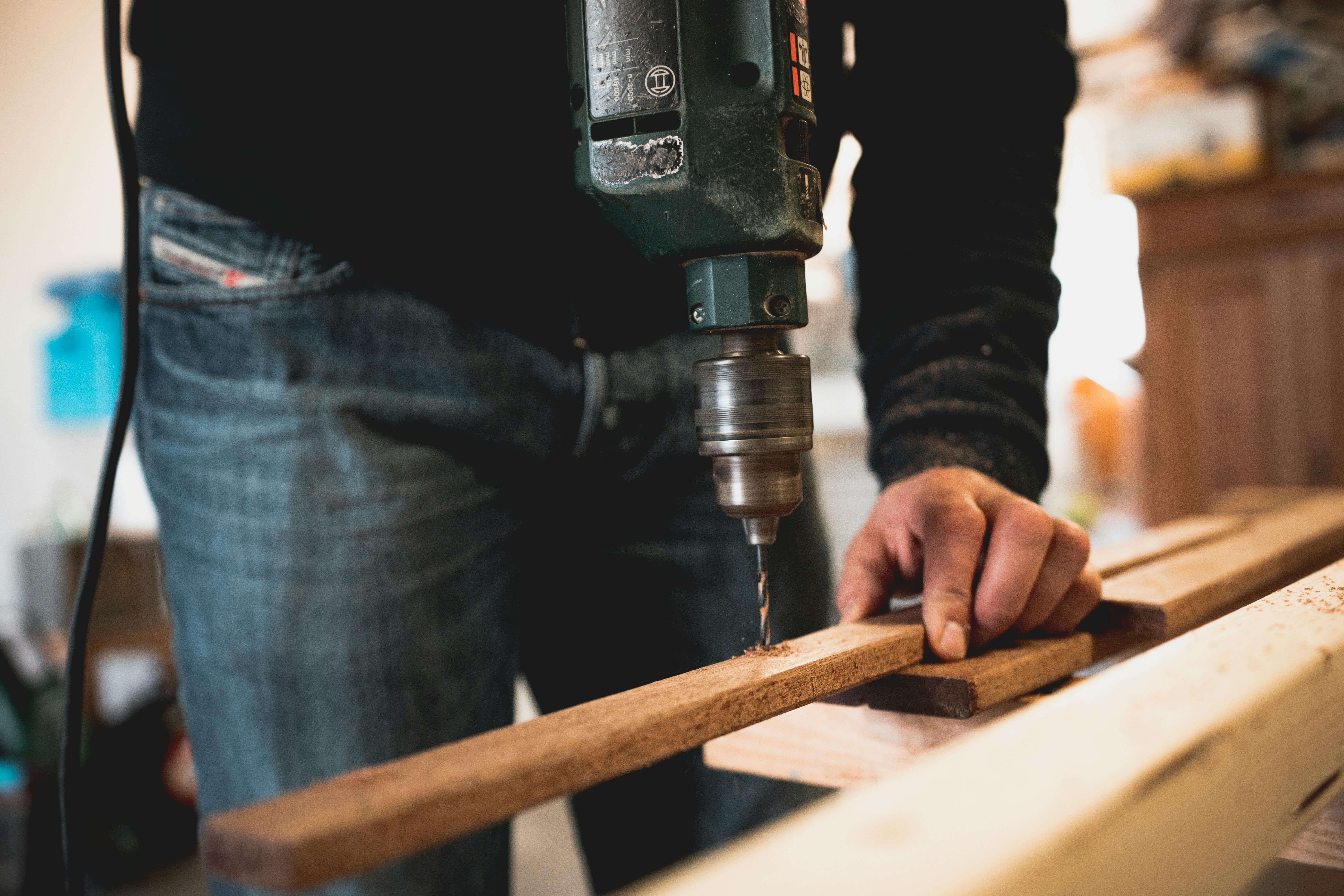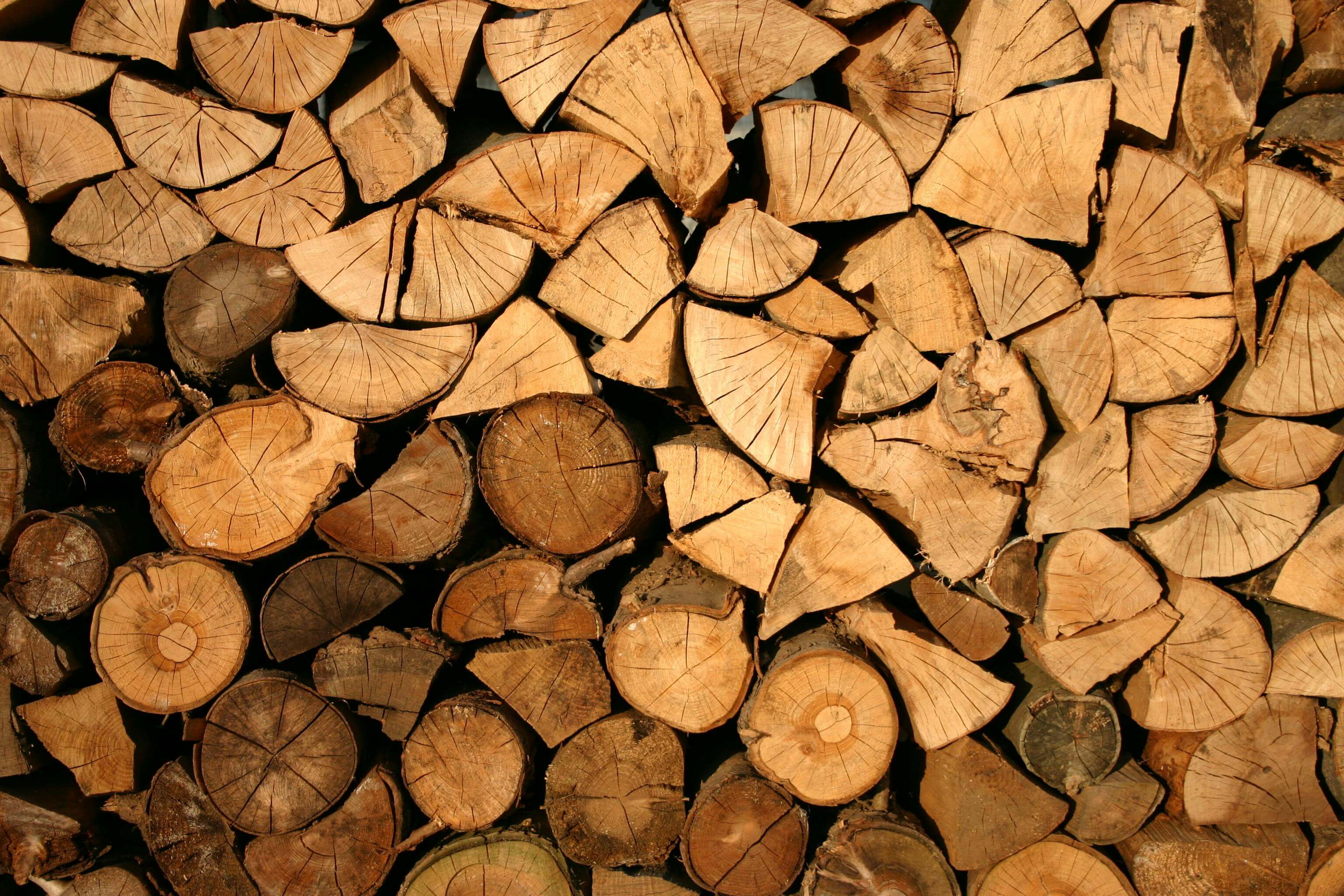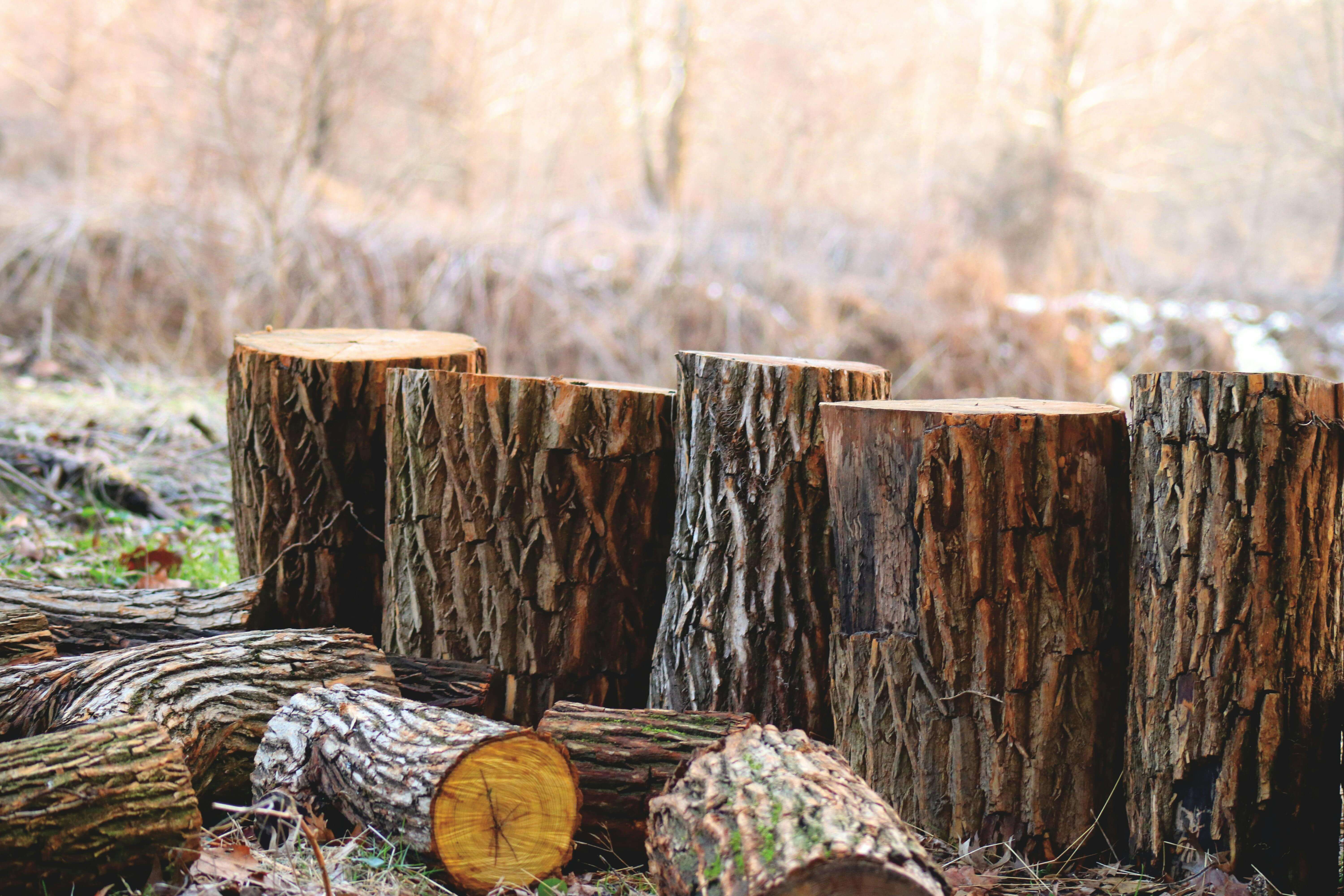In an era where environmental issues are becoming increasingly pressing, people are showing more interest in products that are sustainable and environmentally friendly. The wooden water-resistant rowing machine is not only aesthetically pleasing and high-performing but also a prime example of environmental protection and sustainability. This article will delve into the eco-friendly characteristics and advantages of the wooden water-resistance rowing machine, as well as the efforts by manufacturers to promote sustainable development.

Wooden Boats and Environmental Protection
Wooden boats have significant environmental advantages. Wood is a natural renewable resource that, compared to synthetic materials and plastics, has a lower environmental impact during the manufacturing process. The extraction of wood typically does not require extensive chemical treatment or high-energy production processes, thereby reducing negative impacts on the environment. Furthermore, wooden boats are more environmentally friendly when disposed of since wood can be decomposed, recycled, and reused without causing long-term environmental pollution.
Selection of Sustainable Wood Materials
In the manufacturing of wooden water-resistance rowing machines, the selection of sustainable wood materials is crucial. Manufacturers prefer to purchase wood from certified sustainably managed forests, such as wood with FSC (Forest Stewardship Council) certification. These certifications ensure that the wood comes from legal sources and that forest management meets environmental and sustainability standards. The choice of sustainable wood materials not only contributes to the protection of forest resources but also promotes global sustainability goals.
Manufacturing Processes and Environmental Practices
Manufacturers prioritize environmental practices in the manufacturing of wooden water-resistant rowing machines. They strive to reduce energy consumption and waste production by employing advanced manufacturing processes and technologies to minimize environmental impacts. Some manufacturers use environmentally friendly paints and coatings that emit fewer harmful chemicals during application, with less impact on human health and the environment. Additionally, they actively explore ways to reuse waste from the production process to minimize resource wastage.
Long-Term Maintainability and Reuse
Wooden water-resistant rowing machines are characterized by their durability and long-term maintainability. Through regular maintenance and care, wooden boats can be used for several decades or even longer, extending the product’s lifespan. Manufacturers typically provide maintenance recommendations and services to assist users in properly caring for and maintaining their boats to ensure long-term use effects. Furthermore, the wood material itself can be recycled and reused at the end of its life, reducing the consumption of natural resources and promoting the development of a circular economy.

Conclusion
Wooden water-resistant rowing machines are a prime example of the perfect blend of environmental protection and sustainability. Manufacturers play a crucial role in promoting sustainable development by selecting sustainable wood materials, using environmentally friendly manufacturing processes, and focusing on long-term maintainability and reuse. Choosing a wooden water-resistant rowing machine not only allows for the enjoyment of rowing but also contributes to environmental protection—a true testament to the pursuit of a sustainable lifestyle.


